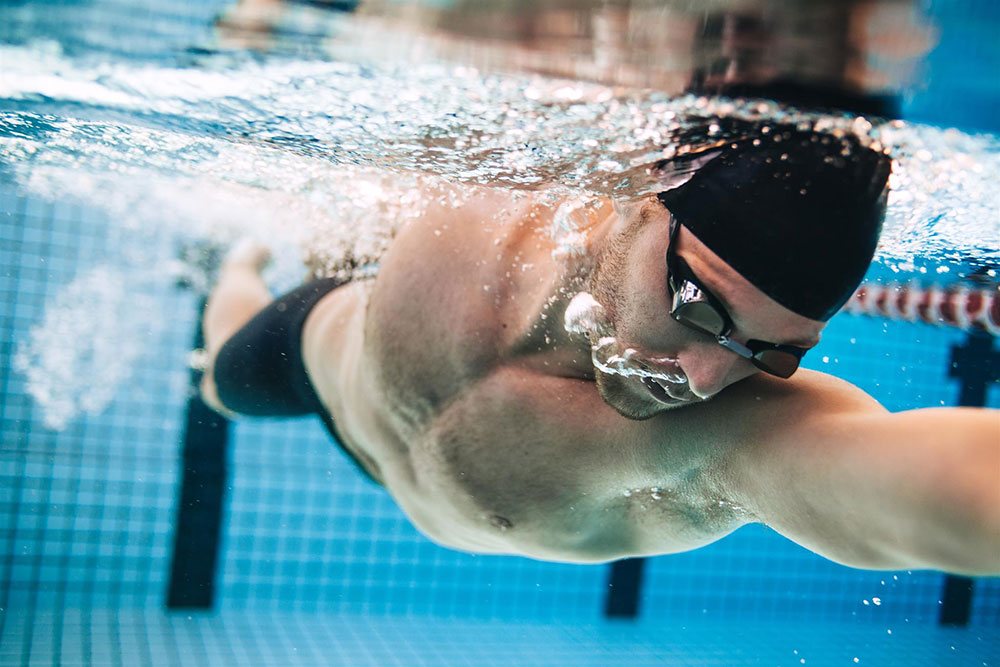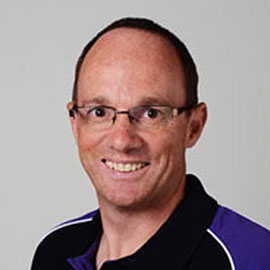As a massage therapist, what do you do when you have a client come to you for help with his or her swimmer’s shoulder? Massage has potential benefits for swimmers, but you’ll need to use the right types of massage to help clients achieve the results they seek.
Benefits of massage for swimmers
Massage for swimmers could help prevent injuries while allowing clients to maintain their current physical condition. Benefits could include boosting muscle tone, improving relaxation, and enhancing circulation. Swimmers who get regular massages could maintain better physical posture through better circulation, reduced muscle tightness, and improved range of movement.
For professional swimmers, experts suggest massage should be used during training rather than pre-competition alone, though precompetition massage could help if used in conjunction with other warm-up modalities. Retaining and improving length of connective tissue and reducing soreness are some possible outcomes of effective massage therapy.
Other possible benefits include reducing swelling, improving flexibility, and supporting recovery. By breaking down muscle adhesions, massage can drive restoration of mobility after injury. It could have injury-prevention effects because it can help with restoring strained muscle fibres.
The best types of massage for swimmers
Depending on your client’s physical condition and training goals, you could opt for one technique over the other. Movements to treat shoulder stiffness and pain, friction technique, and muscle energy technique are some of the best options for swimmers. You’ll want to focus on breaking down scar tissue, myofascial release, trigger point therapy, counter strain, and positional release.
Generally, swimmers should avoid deep tissue massages for 48 hours after competing, because this type of massage can contribute to muscle breakdown and soreness. Massage after training shouldn’t hurt for clients; it should feel relaxing. Ensure the client stays hydrated. Make sure they let you know if they experience pain or have any concerns during the massage.
1. Treating shoulder stiffness and pain
Shoulder stiffness and pain (including rotator cuff tendonitis) can result from overtraining, poor stroke technique, failure to warm up, and other factors. Stiffness and pain should be treated as soon as possible to prevent worsening of the pain and stiffness. Avoid directly massaging injured areas when the client is in pain. However, massaging the surrounding areas could help reduce inflammation.
Start by applying strokes from distal to proximal above the swelling, as this could reduce fluid in the area. When the inflammation subsides, you can move on to other techniques such as friction and muscle energy.
2. Friction technique
Once the inflammation has subsided, applying friction massage techniques to the area could help you break down adhesions and scar tissue, and in turn help the client recover their range of motion in the area. Use the ball of your thumb to rub the area in circular movements.
3. Soft tissue release
Soft tissue release can be used to ease tissue congestion, encourage elasticity, and boost muscle length. It involves stretching the muscle and applying physical pressure to it as it’s stretched.
4. Relaxing massage
Relaxing massages, such as clinical massages and therapeutic massages, are suitable for off-competition and no-training days. These types of massage typically include effleurage and strokes to boost relaxation. Music and essential oils can promote relaxation.
5. Pre-swim massage
Pre-swim massages tend to be brisk and active, and as the term suggests, they’re designed to prepare the client for the competition or event. You might focus on specific muscle groups or on a particular part of the body relevant for the type of swimming the athlete will be doing. Techniques employed could include stretching, shaking, rocking, compression, tapotement, and range-of-motion techniques.
6. Post-swim massage
Post-swim massages are performed at least 10 to 15 minutes after the event. Allow the client to cool down and hydrate himself or herself before you start. In contrast to a full-body or deep-tissue massage, this type of massage uses calming techniques, broadening strokes, effleurage techniques, and therapeutic stretching. You might also include compression during the massage.
7. Self-massage
In some cases it could be appropriate to encourage self-massage in clients. Options include self-massage with a tennis ball, with a focus in rotator cuff muscles. Foam rollers could assist with lengthening tight back muscles.
Massage techniques ideal for frequent swimmers
Swimmers, especially professional athletes, often need special attention to support recovery from injuries and strain. By learning about the best kind of massages for common conditions such as stiff shoulders, you can help your clients heal more quickly, reduce the risk of injury, and achieve better performance outcomes.
Discover Massage Australia is a leading hands on/practical massage training provider, having successfully trained thousands of professional graduates. To find out more about our products and courses, visit our website for information.

